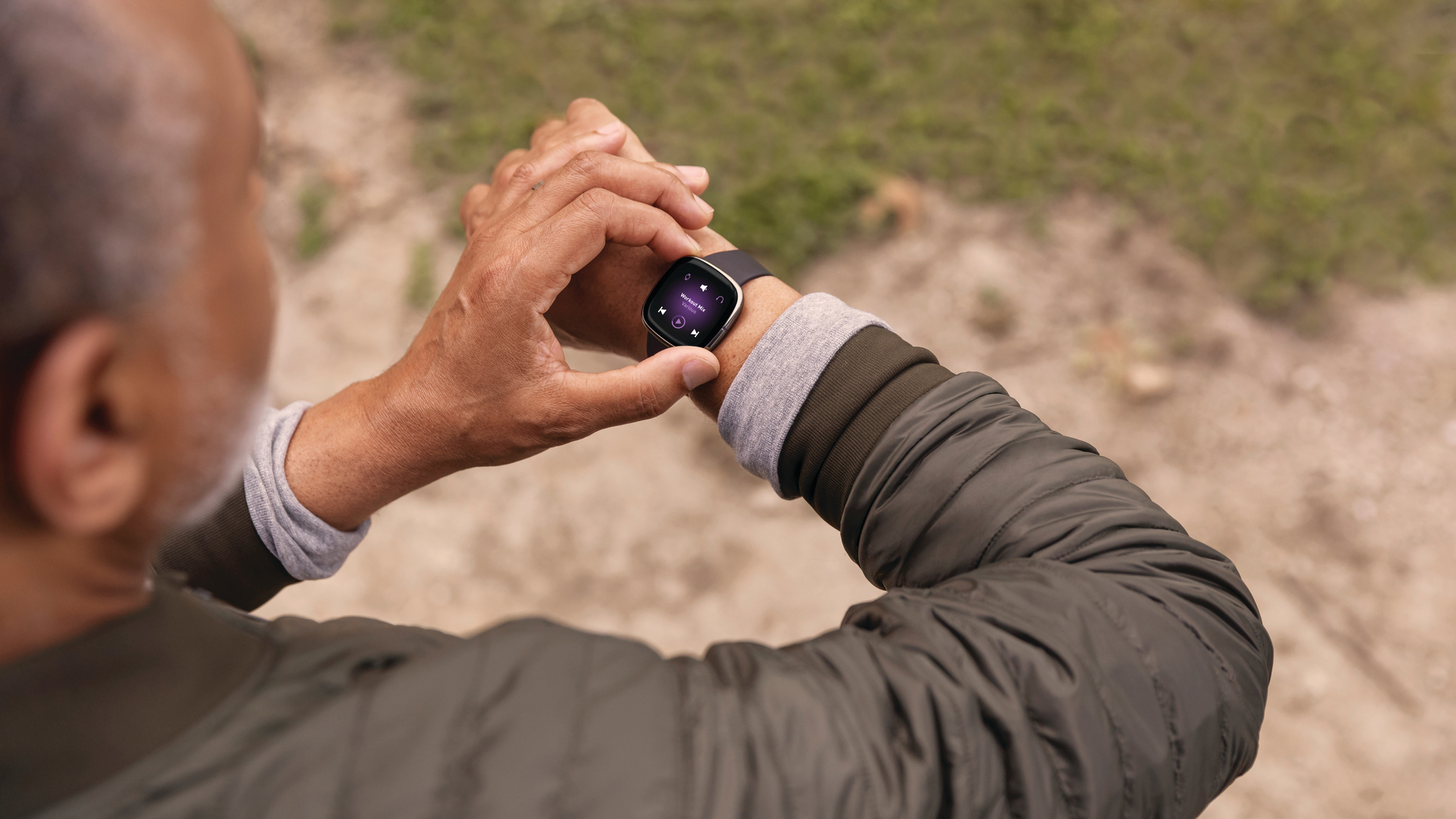Fitbit is testing blood pressure monitoring – and it wants your help
Over 20 and live in the US? Look out for an invitation

Fitbit is investigating whether some of its existing fitness trackers can be used to measure blood pressure, and is asking its users to help out.
The study, run by Fitbit Labs, will look at whether the Fitbit Sense can monitor pulse arrival time (PAT), which is the time it takes for a pulse of blood to reach your wrist after your heart beats. This isn't a direct measure of blood pressure, but could be a useful proxy.
- Garmin vs Fitbit: how to pick the right fitness tracker for you
- We've rounded up the best running watches available today
- Prefer the pool? Check out our guide to the best swimming watches
Fitbit says that previous research found a link between the two values, but the correlation in these studies wasn't strong enough to accurately predict blood pressure. These investigations were limited to either small data sets, or specific environments such as intensive care units.
Fitbit Labs also found a correlation between PAT and blood pressure in a small, three-week internal study, and now wants to expand its research to look at a larger study group, in a variety of situations.
Taking part is optional, but if you own a Fitbit Sense, are at least 20 years old and live in the US, look out for an invitation asking you to take part by contributing your data.
Understanding hypertension
High blood pressure (also known as hypertension) often goes unnoticed, and can lead to serious health problems such as heart attacks and strokes if left untreated. It's usually only picked up by a doctor using an inflatable cuff worn on the upper arm (a sphygmomanometer).
People who have already been diagnosed with hypertension are advised to measure their own blood pressure this way at home, often twice a day, but a 2020 survey from wearable sensor company Valencell found that 31 per cent of US adults with hypertension measure their blood pressure only once a month, another 31 per cent admit to measuring it once a year.
Get daily insight, inspiration and deals in your inbox
Sign up for breaking news, reviews, opinion, top tech deals, and more.
A device that can be worn every day like a regular wristwatch, and take measurements with minimal effort from the user, could therefore be a potential life-saver, picking up dangerous changes early.
Finger on the pulse
Blood pressure isn't easy to measure from the wrist though, and many companies are competing to come up with a solution that's both accurate and easy to use.
However, many companies are working on tools that provide useful guidance on blood pressure, and some have already hit the market. Samsung recently released an update for some Galaxy smartwatches that uses pulse wave analysis (measured through the watch's optical heart rate sensor) to estimate changes in blood pressure.
Apple has also registered a patent for measuring blood pressure via sensors embedded in a watch strap, so it's possible that we may soon see an Apple Watch that's capable of taking similar readings.
The downside to Samsung's method is that the watch must be configured using a sphygmomanometer every four weeks, and we anticipate Apple's tool might have a similar drawback, but it's still more convenient than strapping on the inflatable cuff twice a day.
We're unlikely to see a device that can entirely replace the cuff just yet, and having to use both that and a watch may in fact make it less accessible, particularly for people without the disposable income for a smartwatch, but hopefully more progress is on the horizon.

Over three decades as a journalist covering current affairs, politics, sports and now technology. Former Editor of News Today, writer of humour columns across publications and a hardcore cricket and cinema enthusiast. He writes about technology trends and suggest movies and shows to watch on OTT platforms.